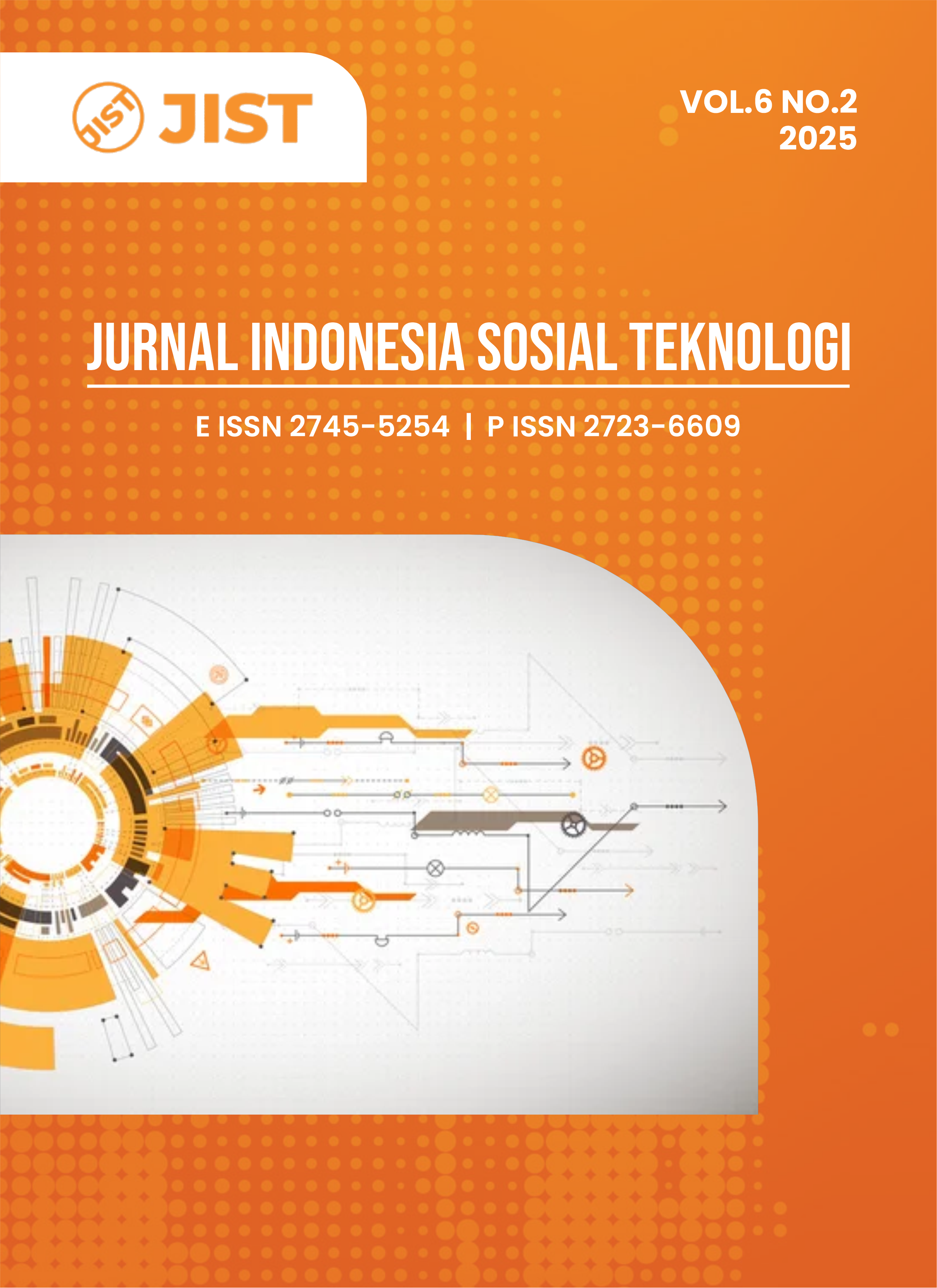Design of an Automatic Clothes-Drying System System Based on Arduino
DOI:
https://doi.org/10.59141/jist.v6i2.8945Keywords:
arduino uno, blynk, DHT22, drying clothesAbstract
Drying is essential when it is needed. One example of a drying system can be seen on clothing. It aims to enable this system to work without seeing the weather conditions. The system design uses the DHT22 sensor to get the temperature and humidity values, heater and fan, and the Blynk application on Android to know the temperature, humidity, and active or not heater and fan values. The study aimed to create a system that functions independently of weather conditions, offering an efficient drying process. The methodology involves using an Arduino Uno, a DHT22 sensor, a WiFi ESP8266 module, and a 1500-watt heater to control the drying environment. The tests were conducted in various weather conditions, comparing manual, heating-based, and light-based drying systems. The results showed that the automated system significantly reduced the drying time, with an average drying time of 1:30:32 compared to 8:16:23 for manual drying. In addition, the system maintains consistent performance regardless of external conditions. The findings show that the automatic drying system substantially increases efficiency and energy consumption. In conclusion, the automated system effectively overcomes the limitations of manual drying, offering a reliable solution for both domestic and industrial applications. The implications of this research extend to the development of more brilliant household appliances, contributing to energy conservation and the adoption of automated systems in everyday tasks.
Downloads
Published
How to Cite
Issue
Section
License
Copyright (c) 2025 Profitri Atmawarni

This work is licensed under a Creative Commons Attribution-ShareAlike 4.0 International License.
Authors who publish with this journal agree to the following terms:
- Authors retain copyright and grant the journal right of first publication with the work simultaneously licensed under a Creative Commons Attribution-ShareAlike 4.0 International. that allows others to share the work with an acknowledgement of the work's authorship and initial publication in this journal.
- Authors are able to enter into separate, additional contractual arrangements for the non-exclusive distribution of the journal's published version of the work (e.g., post it to an institutional repository or publish it in a book), with an acknowledgement of its initial publication in this journal.
- Authors are permitted and encouraged to post their work online (e.g., in institutional repositories or on their website) prior to and during the submission process, as it can lead to productive exchanges, as well as earlier and greater citation of published work.










